Encyclopaedia of Indian Temple Architecture (Volume II, Part 2, 2 Books)
Synopsis
This set of volumes continues a series initiated by the American Institute of Indian Studies to survey and organize, by style, patronage, and region, - with brief technical descriptions – that body of monuments constructed since c. A.D. 400 to serve India’s symbolic and religious needs. Volume I, of which two parts have already been published, documents Dravida temples in South India. Volume II surveys Nagara temples in North India – with extensions of this typical curvilinear type into the Deccan – as well as other temple forms that contributed to North Indian style. Divided by style, region, and patronage into 21 chapters, this second North Indian set explores a “Period of Early Maturity†– c. A.D. 700 to 900 – for the curvilinear Latina temple-type in North India, as well as remaining early examples of its multifaceted and multispired extensions. These represent one of the most effective uses of architectural form in support of a symbolic function in world art. Based on several centuries of careful exploration by architects and mature in its development, this type of temple spread widely across North India in these few centuries, patronized by political powers who were intent on incorporating and marking both territory and populations within their growing hegemony. Building temples in this period gave merit to thie individual patrons, provided a powerful tool for communities of priests, and helped to validate and perpetuate a growing State order. Clans, dynasties, and feudatories referred to in this volume include the Saindhavas, Capas, and Capotkatas in Surastra; Samas in Kaccha; Mauryas of Uparamala, Pratiharas of Mandor, and Pratiharas of Jalor elsewhere in Western India; Mauryas of Gopagiri, Gujara-Pratiharas, Kalacuris, and Candellas in Central India; and Palas and Bhauma-Karas in Eastern India. Regional idioms discussed include those of Dasarna, Dahala, and Madhyadesa; Himacala; Sapadalaksa, Surasena, and Marudesa; and Surastra’ Malava, and Kalinga. Chapters also divide “styles of common lineage†– that to a large degree have grown out of the decorative and aesthetic conventions developed in territories ruled previously by Gupta dynasts – from “styles of separate lineage†that have drawn on other conventions. 218 text figures give temple plans, elevations, and sections, many previously not published; 977 black-and-white plates; 18 maps; a quick Reference Glossary of technical vocabulary; and a Site and Temple Index are included. Many drawings and photographs have been prepared especially for this volume by the AIIS Centre for Art and Archaeology, Varanasi.
Read more
337.50
303.75
$
375.00 $
Free delivery Wolrdwidе in 10-18 days
Ships in 1-2 days from New Delhi
Membership for 1 Year $35.00
Get it now and save 10%
Get it now and save 10%
BECOME A MEMBER
Books by the same authors
-
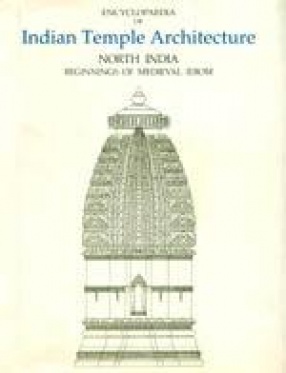
Encyclopaedia of Indian Temple Architecture (Volume II, Part 3, 2 Books)
-
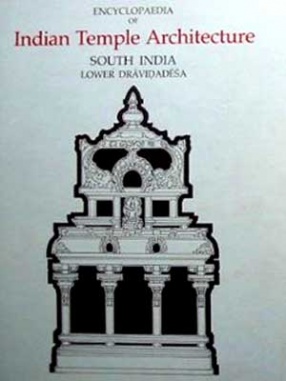
Encyclopaedia of Indian Temple Architecture: Volume 1, Part 1: South India: Lower Dravidadesa 200 B.C.- A.D. 1324 (In 2 Volumes)
-
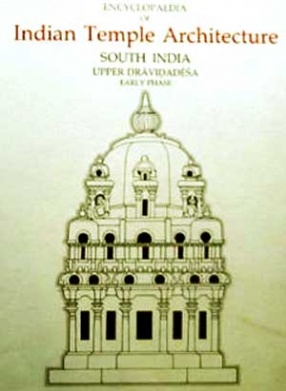
Encyclopaedia of Indian Temple Architecture: Volume 1, Part 2: South India: Upper Dravidadesa Early Phase, A.D 550-1075 (In 2 Volumes)
-
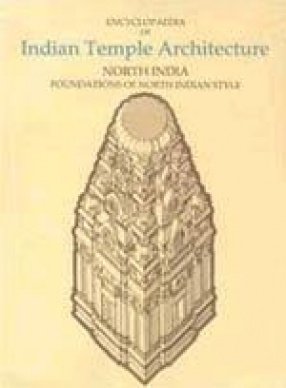
Encyclopaedia of Indian Temple Architecture: Volume 2, Part 1: North India Foundations of North Indian Style C.250 B.C - A.D. 1100 (In 2 Volumes)
-
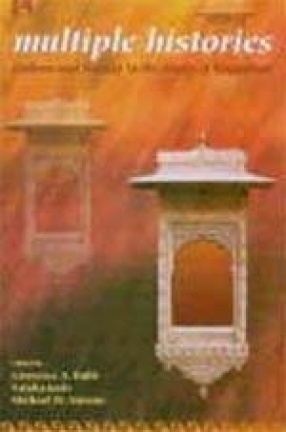
Multiple Histories: Culture and Society in the Study of Rajasthan
-
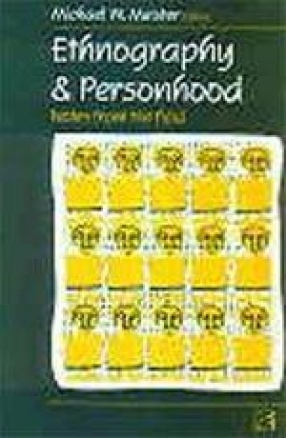
Ethnography and Personhood: Notes from the Field
-
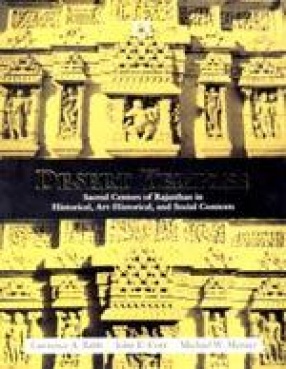
Desert Temples: Sacred Centers of Rajasthan in Historical, Art-Historical, and Social Contexts

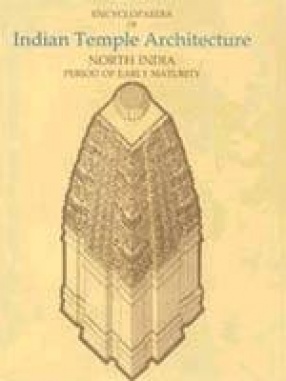
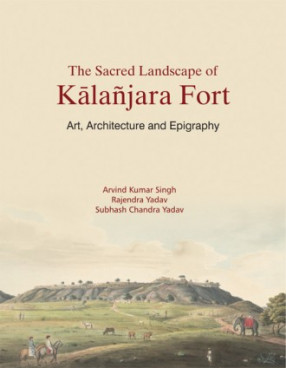
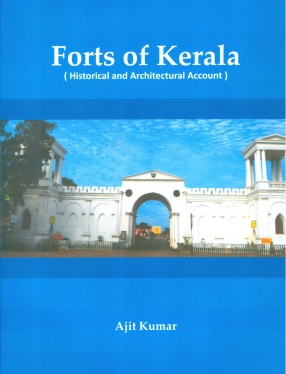
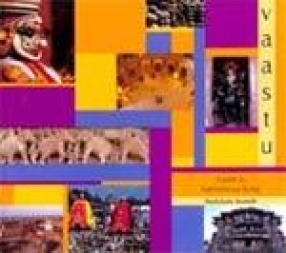
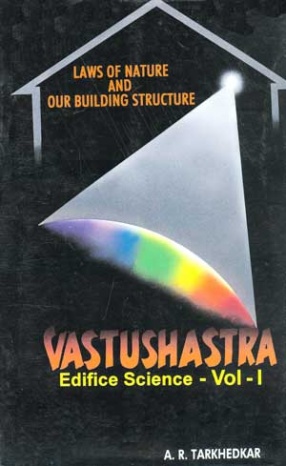

Bibliographic information
Michael W. Meister